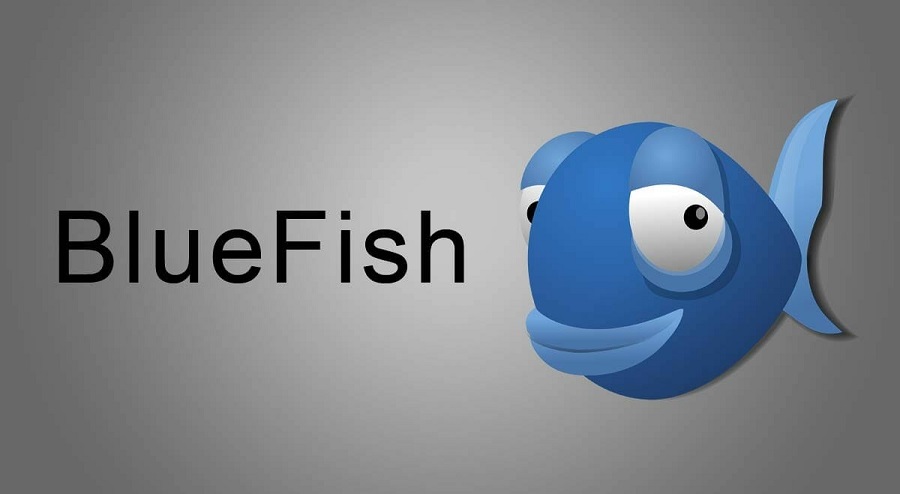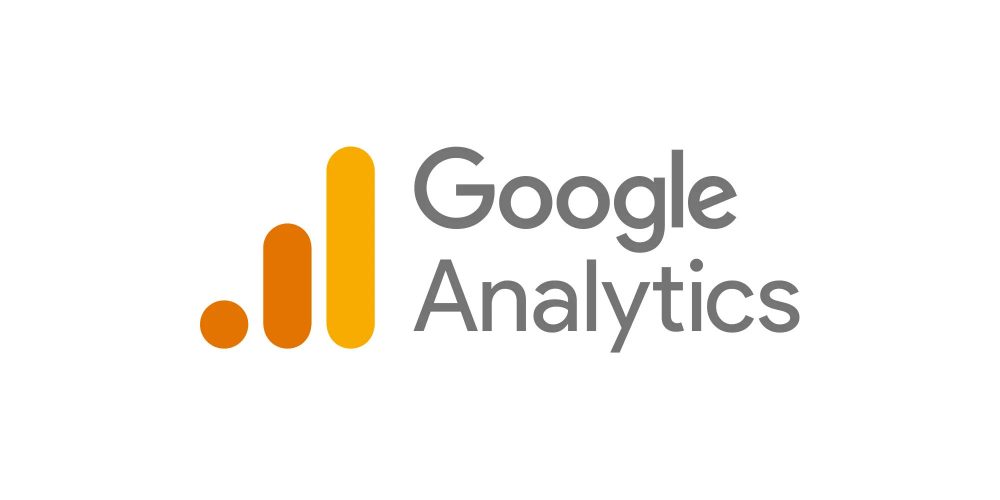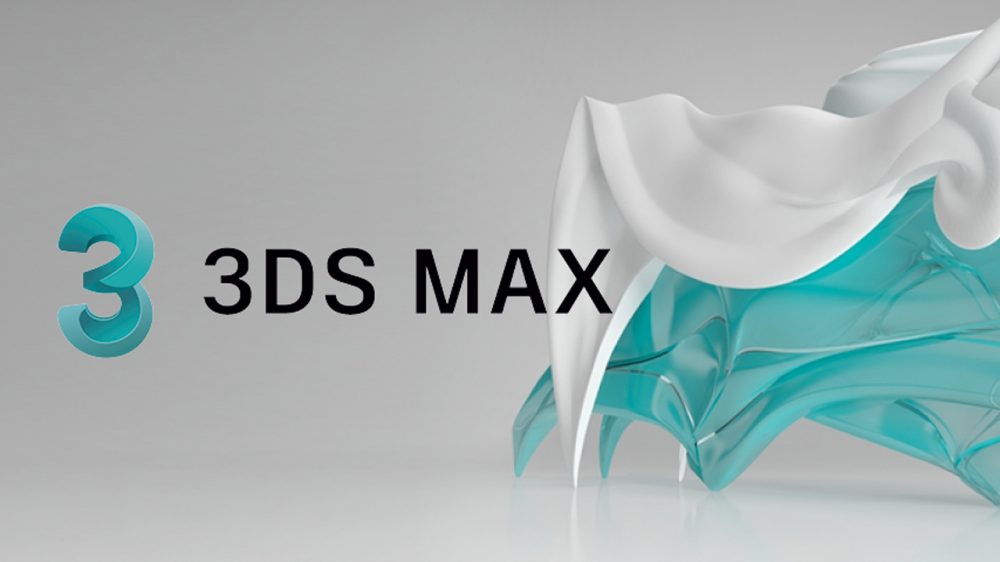
How to Properly Monetise an App in 2025: New Trends and Effective Revenue Models
In 2025, the app economy continues to grow at a steady pace, fuelled by AI advancements, 5G connectivity, and the shift towards hybrid working and digital-first lifestyles. App developers are no longer limited to outdated monetisation models and are increasingly adopting strategies that align with current user behaviour and business goals. Understanding what works and what doesn’t is essential to turning downloads into sustainable income.
Subscription-based Models: Predictable Revenue for Long-term Success
Subscriptions remain a dominant monetisation model for apps offering continuous value, such as productivity tools, fitness guides, or streaming services. In 2025, more developers are turning to tiered subscription plans, allowing users to choose levels based on features and usage needs. This flexibility leads to higher user retention and more predictable revenue flow.
Additionally, many app creators now combine free basic functionality with premium tiers — a hybrid freemium model. The key is ensuring that the free experience is engaging enough to attract users while nudging them towards upgrading. Transparent pricing and a clear value proposition are crucial to avoid churn.
For SaaS-based mobile products, introducing limited-time trials or bundling services with external platforms (e.g., fitness equipment or cloud storage providers) has proven effective in expanding user bases and reducing acquisition costs.
Personalisation and AI in Subscription Models
Thanks to AI integration, apps can now offer personalised subscription offers based on user behaviour, region, and past usage patterns. This approach significantly boosts conversion rates, especially when paired with A/B testing across different audience segments. Instead of static offers, adaptive pricing is becoming the norm in 2025.
Some companies also use AI-driven predictive churn analytics to automatically intervene with custom offers when a user shows signs of leaving. These interventions may include temporary discounts or feature trials tailored to user preferences.
Ultimately, subscriptions work best when supported by intelligent engagement strategies, rather than relying solely on time limits or gated features.
In-app Advertising: Smarter, Privacy-focused and User-first
In-app advertising is undergoing a transformation. With increasing regulations around data privacy (like the Digital Markets Act in the EU), developers are switching to privacy-compliant ad SDKs and contextual advertising. These formats match ads to the content, not the user, making them more trustworthy and less intrusive.
Playable ads, rewarded videos, and banner placements remain popular — but in 2025, interactivity and ethical ad formats are the main focus. Users are more likely to engage with ads that don’t interrupt their experience or feel manipulative. Rewarded ads, especially in gaming, offer a balance between revenue and user satisfaction.
Partnering with premium ad networks that align with the app’s niche has also become a trend. For example, an educational app might partner with edtech brands instead of generic advertisers. This results in higher click-through rates and greater trust from users.
Consent-driven Ad Strategies
Modern monetisation requires explicit user consent and clear value exchange. In 2025, it is standard to offer granular control over the type of ads users wish to see, or even allowing them to pay a small fee to remove ads altogether.
Apps are now offering “ad experience” options: users can choose ad-light, ad-free, or ad-supported tiers. This builds trust and provides alternative monetisation streams beyond just ad impressions.
Furthermore, contextual targeting — showing relevant ads without tracking personal data — is being adopted widely, ensuring compliance while maintaining relevance.

Alternative Revenue Models: Tokens, Communities and B2B Licensing
Beyond ads and subscriptions, alternative monetisation models are gaining ground. Web3 integrations and micro-token systems, particularly in fitness, finance, and wellness apps, allow users to earn digital rewards that can be converted or spent within an ecosystem.
Another trend in 2025 is monetising communities through exclusive groups, live sessions, and premium content. Many app creators now rely on platforms like Discord or built-in forums to foster engagement and offer paid memberships. This adds value beyond the core product.
Licensing the app’s backend or core technology to B2B clients is another lucrative path. For instance, a meditation app might license its audio engine or AI mood tracker to healthcare providers. This approach opens enterprise revenue streams with less user churn risk.
Revenue through Partnerships and White-labelling
Apps with robust infrastructure often white-label their solutions to smaller companies or entrepreneurs. This helps diversify income without developing a separate product from scratch. In 2025, many wellness and e-learning apps use this tactic to scale B2B offerings.
Strategic partnerships also play a crucial role. A fitness app might partner with wearable manufacturers to cross-sell subscriptions or offer bundled services. This not only increases exposure but also reduces CAC (Customer Acquisition Cost).
Combining technical licensing, branded partnerships, and optional crypto-based micro-rewards can build a comprehensive and resilient monetisation strategy that goes beyond basic models.
Popular topics
-
 Bluefish: The Coder’s Companion – A Comprehen...
Bluefish: The Coder’s Companion – A Comprehen...In the vast realm of coding software, Bluefish has steadily …
-
 Google Analytics. How to use this service?
Google Analytics. How to use this service?We should start with the fact that this service is …
-
 What is the latest version of 3DS Max
What is the latest version of 3DS MaxFor the creation of a wide variety of projects, including …
-
 Best AI Apps for Mobile Learning in 2025: A New Approach ...
Best AI Apps for Mobile Learning in 2025: A New Approach ...Artificial intelligence continues to reshape how people learn and acquire …
-
 Guard Against Cyber Threats: Top Antivirus Picks for Your PC
Guard Against Cyber Threats: Top Antivirus Picks for Your PCThe digital age has brought with it an era of …
